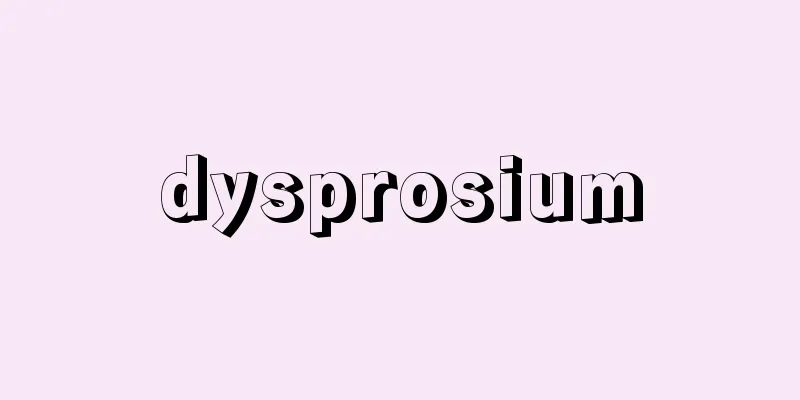Claude, H.

|
…He explained the mechanism of the development of chronic delusional disorders from the fruition of this secondary delusion of persecution. He attributed this pathology to organic or addictive disorders of the brain, but his organic interpretation was later opposed by many, including Claude H. Claude and H. A. They argued that the phenomenon occurred when ego control was reduced due to a decline in the psychic level, and psychic mechanisms that were in unconscious functions were released from ego control and made conscious, and were located in the external world due to the lack of a sense of belonging to the self. … From [Psychopathology]...What he introduced to psychopathology were the "phenomenological method" for describing phenomena such as delusions and hallucinations as first-person experiences rather than as mere symptoms, the concepts of "explanation and understanding" when understanding pathological experiences, and "development and process" based on an understanding of the flow of experiences, which are still important keywords today, 70 years later. In the 1920s, psychopathology achieved brilliant results mainly in Germany, centered on the Heidelberg School of Jaspers and others, and the Tubingen School of E. Kretschmer and others, followed a little later by the "Human School" of Switzerland by L. Binswanger and the Jewish A. Storch, and the Sainte-Anne School of France by H. Claude and H. Aye. These activities were interrupted for a while by World War II, but after the war, Japan, Italy, Spain, Austria, and others joined in, and psychopathology developed widely, continuing to the present day. ... *Some of the terminology that mentions "Claude, H." is listed below. Source | Heibonsha World Encyclopedia 2nd Edition | Information |
|
…彼は慢性妄想疾患の成立機序を,この二次的な被害妄想の結実から説明した。この病理を彼は脳の器質的あるいは中毒性の障害に求めたが,彼の器質論的解釈にはその後,クロードH.Claude,H.エーらの多くの反対がある。彼らは心的水準の低下によって自我の統制が低下し,無意識的機能のうちにあった心的機制が自我の統制を離れて意識化され,自属所属感がないために外界に定位された現象だと主張した。… 【精神病理学】より…彼が精神病理学に導入したのは,妄想や幻覚などの現象を単なる症状としてでなく一人称的体験として記述するための〈現象学的方法〉,病的体験を理解する際の〈説明と了解(理解)〉,体験のながれを了解的にとらえたうえでの〈発展と過程〉の概念などで,これらは70年後の今日なお重要なキー・ワードとして通用する。 精神病理学は1920年代に,ヤスパースらのハイデルベルク学派,E.クレッチマーらのチュービンゲン学派を中心としておもにドイツで華やかな成果をあげ,少しおくれてスイスのL.ビンスワンガー,ユダヤ系のシュトルヒA.Storchらの〈人間学派〉,フランスのクロードH.ClaudeやH.エーを中心とするサンタンヌ学派などがつづいた。これらの活動は第2次大戦でしばらく中断したが,戦後は日本,イタリア,スペイン,オーストリアなども加わって,幅広く精神病理学を発展させ,今日に至っている。… ※「Claude,H.」について言及している用語解説の一部を掲載しています。 出典|株式会社平凡社世界大百科事典 第2版について | 情報 |
>>: St. Claude (English spelling)
Recommend
Murray, JAH
…It is also called the OED or NED (A New English ...
Mokichi Saito
Poet and doctor. His other name was Doumasanbou S...
Twelve Heavenly Generals
They are the 12 attendants (or incarnations) of Y...
Goshoji Temple
The head temple of the Izumoji branch of the Shin...
Kinship terminology
There are two types of words that express kinship...
Maximum and minimum thermometer - Saikou Saitei Ondokei
A thermometer that measures the maximum and minim...
Familial progressive myoclonic epilepsy - kazokusei shinkosei myoclonic epilepsy
...The atonic seizures show generalized polyspike...
Artisan's Collection - Artisan's Collection
A type of genre painting from the early modern per...
Start of work - Start of work
At the beginning of the year, this is a ritual re...
Strategic materials - strategic material
This refers to important materials necessary for ...
Rupert's Land
The general term for the area in the northern half...
Lampetra kessleri (English spelling) Lampetra kessleri
…[Toru Taniuchi]. … *Some of the terminology that...
Peristedion orientale (English spelling) Peristedion orientale
...There are 13 species in 4 genera known from th...
Schaffhausen - Schaffhausen (English spelling)
The capital of the canton of Schaffhausen in nort...
Yoshinori Ashikaga
Year of death: 24 June 1441 (12 July 1441) Year of...









